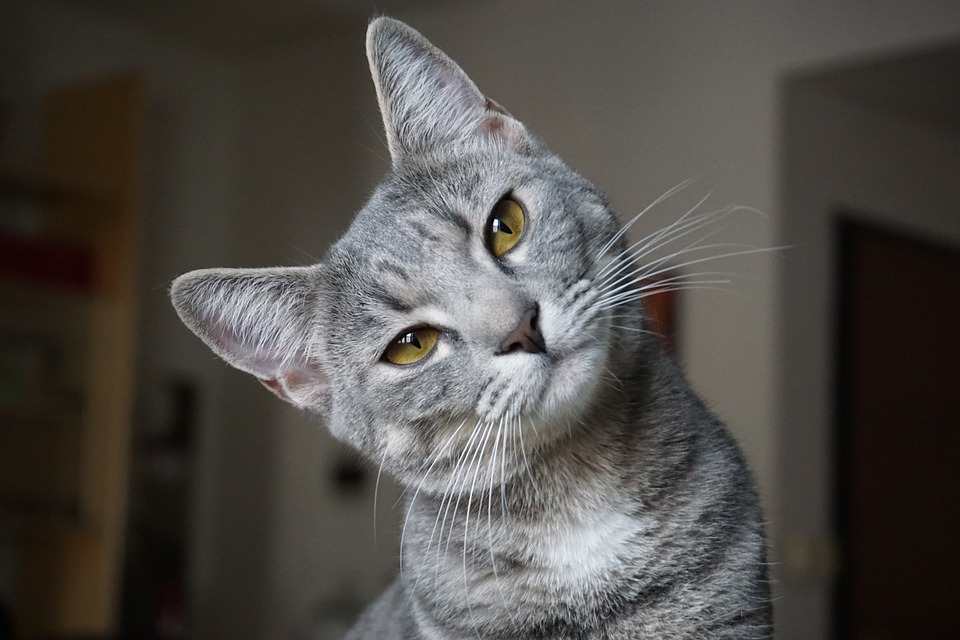Introduction:
As a responsible cat owner, it is crucial to understand the importance of proper hydration for your feline friend. Just like humans, cats rely on water for various bodily functions, and maintaining their hydration levels is essential for their overall health and well-being. In this article, we will explore the significance of hydration for cats and provide useful tips to ensure your furry companion stays well-hydrated.
I. Why Hydration Matters for Cats
a. The role of water in a cat’s body
Water plays a vital role in a cat’s body, including maintaining body temperature, aiding digestion, lubricating joints, and transporting nutrients and oxygen to cells. It is essential for overall organ function and ensuring optimal health.
b. Benefits of proper hydration for cats
Proper hydration offers various benefits for cats, including improved kidney function, prevention of urinary tract infections, healthy digestion, and the prevention of constipation. It also helps regulate body temperature and supports healthy skin and coat.
c. Consequences of dehydration in cats
Dehydration can have severe consequences for cats. It can lead to kidney damage, urinary tract issues, digestive problems, and even organ failure. Dehydration can also make cats more susceptible to heatstroke, especially during hot weather or if they have underlying health conditions.
II. Signs of Dehydration in Cats
a. Common symptoms to watch out for
Some common signs of dehydration in cats include lethargy, loss of appetite, dry mouth and gums, sunken eyes, decreased skin elasticity, and dark urine. Cats may also show signs of weakness, vomiting, or diarrhea.
b. How to check for dehydration in cats
To check for dehydration, gently lift the skin on the back of your cat’s neck and release it. If the skin takes longer to return to its normal position, it may indicate dehydration. You can also check the color of your cat’s gums – if they appear pale or sticky, it may be a sign of dehydration.
c. When to consult a veterinarian
If you suspect your cat is dehydrated, it is crucial to seek veterinary attention. A veterinarian can properly assess your cat’s hydration levels and provide necessary treatment, such as fluid therapy, to rehydrate your cat.
III. Tips to Keep Your Cat Hydrated
a. Provide fresh and clean water
Ensure your cat always has access to fresh and clean water. Regularly change the water in their bowl to prevent bacterial growth and keep it appealing to your cat.
b. Encourage water intake through wet food
Wet food contains a higher water content than dry kibble, making it an excellent way to increase your cat’s water intake. Consider incorporating wet food into their diet or mixing it with dry food to encourage hydration.
c. Consider a cat water fountain
Some cats are more enticed to drink from a flowing water source. Consider investing in a cat water fountain, as the sound and movement of the water may attract your cat and encourage them to drink more.
d. Experiment with flavored water or ice cubes
Some cats may enjoy flavored water or ice cubes made from low-sodium broth. These can make drinking water more enticing and can help increase your cat’s water intake.
e. Monitor and adjust water bowl location
Some cats prefer their water bowl to be in a specific location. Monitor your cat’s behavior and adjust the water bowl’s position accordingly to ensure it is easily accessible and in a quiet area.
IV. Frequently Asked Questions (FAQs)
1. How much water should my cat drink daily?
Cats generally require 3.5 to 4.5 ounces of water per 5 pounds of body weight daily. This amount can vary depending on various factors such as age, activity level, and diet. It’s important to consult your veterinarian to determine the appropriate water intake for your specific cat.
2. Can cats drink milk instead of water?
Contrary to popular belief, cats should not rely on milk as a substitute for water. While kittens may consume milk from their mother, adult cats are lactose intolerant and may experience digestive issues if given milk. Offer fresh water instead.
3. Are there any health conditions that increase a cat’s hydration needs?
Certain health conditions like kidney disease, urinary tract issues, or diabetes can increase a cat’s need for hydration. In such cases, your veterinarian may recommend additional fluids or a specific diet to support your cat’s condition.
4. How can I encourage my cat to drink more water?
To encourage water intake, ensure fresh and clean water is readily available. Experiment with different water bowl locations, try a cat water fountain, or offer wet food, which contains higher water content. Some cats also enjoy flavored water or ice cubes made from low-sodium broth.
5. What are the signs of overhydration in cats?
While rare, overhydration can occur. Signs may include increased urination, lethargy, loss of appetite, vomiting, or even seizures. If you notice any of these symptoms, consult your veterinarian immediately.
6. Should I be concerned if my cat doesn’t drink much water?
Cats have a naturally low thirst drive, which can make it challenging to monitor their water intake. However, if you notice a sudden decrease in water consumption or signs of dehydration, it’s important to consult your veterinarian to rule out any underlying health issues.
Conclusion:
Proper hydration is vital for maintaining your cat’s overall health and preventing potential health problems. By understanding the importance of hydration, recognizing signs of dehydration, and following the tips provided, you can ensure your feline friend stays well-hydrated and happy. Remember, a hydrated cat is a healthy cat!








